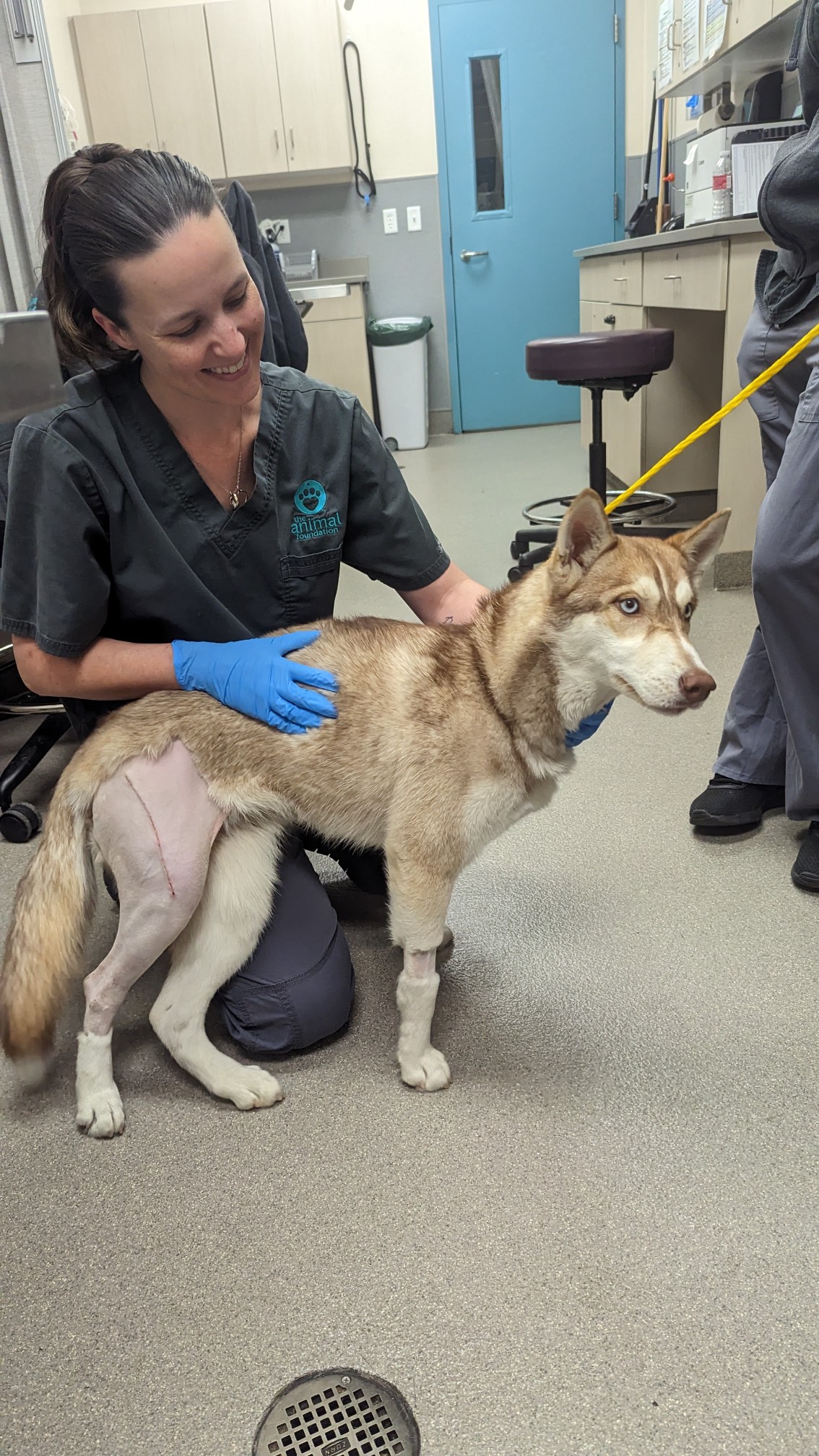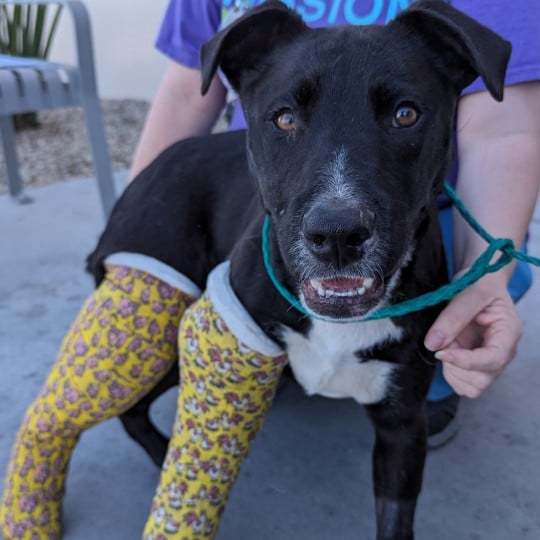Since our pets can't communicate in our language, board certified veterinary surgeon Courtney Campbell highly recommends conducting regular at-home health checkups for your pet. This helps you get to know your best pet friend's body better—and more importantly, helps you have a baseline for comparison when you think something might be up. Overall, it's always good to have the basics of pet care down—it can help your pet live his best life, while possibly saving you money in the long term!
Campbell says pet parents should start the checkup with their dog's nose, and continue to the eyes, ears, mouth, and skin. Look for anything out of the ordinary, like cloudy spots on their eyes, or spots on their teeth or gums that appear injured. And if your pup is usually tolerant of something like looking into their mouth or feeling their teeth, and suddenly isn't—that may be an indicator that something is awry in your dog's mouth.
Campbell also says a hydration check—where you test the skin on their neck for elasticity—is an important step as well as you work toward your dog's tail. Next, check your pup's nails, tail, and rear end, feeling for lumps and any new bumps or sores along the way. Finally, while it may seem a little gross to pay such close attention to your pup's number twos, Campbell says that checking your dog's, erm, deposits, is another part of the home checkup that's an important indicator of health. He says to look for "the three C's" when examining your dog's poop: compact, color, and consistency.
At-home health checkups are best done on a monthly basis, but if your dog is on the older side, more frequently might be needed. And as always, if something seems out of the ordinary, consult with your vet for a professional diagnosis.





